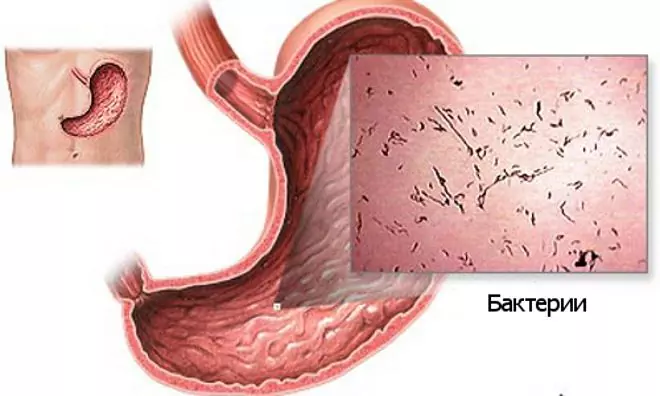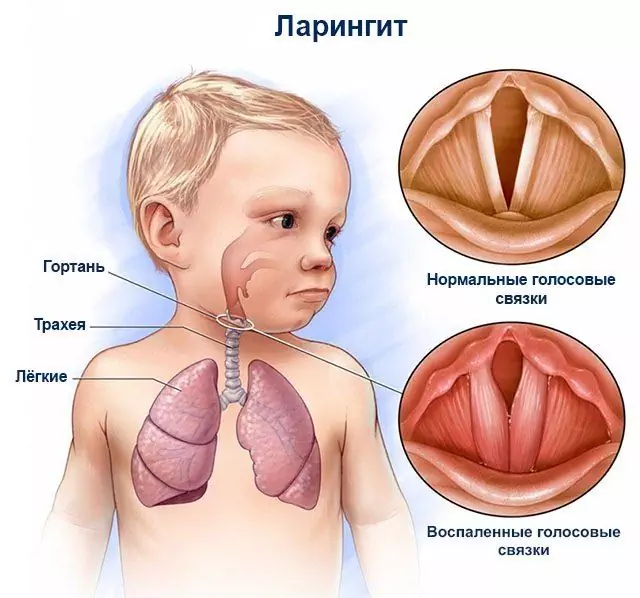Gigantism
The content of the article:
- Causes and risk factors
- Forms of the disease
- Symptoms
- Diagnostics
- Treatment
- Possible complications and consequences
- Forecast
- Prevention
Gigantism is a neuroendocrine pathology that occurs in individuals with open epiphyseal growth zones (children and adolescents) against the background of excessive production of growth hormone by the anterior pituitary gland. The disease is more often diagnosed in males.

Source: kak-virasti.com
Growth hormone is one of the hormones of the anterior pituitary gland that causes a pronounced acceleration of linear growth in children, adolescents and young people with not yet closed growth zones. Growth hormone production decreases with age.
Human growth refers to general anthropometric characteristics and is one of the indicators of physical development. It is influenced by genetic, environmental factors, as well as gender and age. Throughout life, a person grows unevenly. Body length increases most rapidly during prenatal development. During puberty, the annual growth rate is from 5 to 7 cm. Growth in males, as a rule, ends at 18-20 years, in women - at 16-18 years.
Gigantism, as a rule, is found at the age of 9–13, a pathological process in which the growth rate significantly exceeds the anatomical and physiological norm accompanies the period of physiological growth. By the end of puberty, the height of patients with gigantism exceeds 190 cm in women and 200 cm in males. Parents of patients with gigantism usually have normal growth rates. Pathology occurs with a frequency of 1-3 cases per 1000 population.
Causes and risk factors
The reason for the development of gigantism in children is hyperplasia and hyperfunction of pituitary cells, secreting growth hormone. Excessive production of somatotropic hormone can be observed against the background of lesions of the pituitary gland resulting from a tumor process, neuroinfections (meningitis, encephalitis, meningitis encephalitis), intoxication of the body, traumatic brain injuries.
The development of partial gigantism can be caused by neuro-trophic changes, a violation of the formation of body structures during intrauterine development, the wrong position of the fetus at the prenatal stage of development with compression of individual parts of the body, the development of stagnation and subsequent increase in the compressed part of the body.

Source: blogspot.com
Forms of the disease
Pathology is of the following types:
- true - a proportional increase in body size in the absence of physiological and mental disorders;
- partial, or partial - an increase in certain parts of the body;
- half - an increase in one half of the body;
- acromegalic - gigantism with signs of acromegaly;
- splanchnomegalic - gigantism with an increase in internal organs;
- eunuchoid - gigantism against the background of hypogonadism;
- cerebral - gigantism against the background of organic brain damage.
Symptoms
The peak of the disease occurs at 10-15 years. In addition to excessively rapid growth, patients experience weakness, fatigue, headaches, dizziness, decreased visual acuity, pain in bones and joints, numbness in the hands. Deterioration of memory and decreased performance lead to a decrease in academic performance. Patients with gigantism often develop other hormonal disorders, in particular, violations of sexual development, as well as mental disorders. The state of the reproductive system depends on the moment of onset of the disease (before or after puberty).
An increase in the level of growth hormone causes hypertrophy and hyperplasia of the heart, lungs, liver, pancreas, and intestines. In about 25% of patients with gigantism, the thyroid gland is enlarged, which leads to a feeling of palpitations, irritability, and increased sweating. A third of patients have impaired glucose tolerance.
In children with gigantism, epiphyseal bone growth is noted. At the same time, the increase in the size of the body and internal organs is quite proportional. In the future, the patient's facial features may enlarge: the lower jaw, the spaces between the teeth, and also the hands and feet increase; flat bones thicken, connective tissue proliferates. The voice usually becomes low, macroglossia (enlarged tongue) develops. With the progression of the pathological, insufficiency of organs and body systems is formed.
With partial gigantism, there is a pathological increase in individual parts of the body (fingers, feet, etc.) in length and width, pathological growth of soft tissues.
Diagnostics
The primary diagnosis is made on the basis of examination of the patient - the main sign of gigantism in children is growth that exceeds the age norm. In order to clarify the diagnosis and elucidate the etiology of the disease, the endocrine, nervous and other systems are examined using instrumental and laboratory methods.
Determination of the concentration of growth hormone in the blood after glucose load (in patients with diabetes mellitus, this study is not informative), a test for insulin-like growth factor 1, tests with thyroliberin.
During an ophthalmological examination, the patient reveals congestion in the fundus, as well as a limitation of the visual fields.
In order to detect possible neoplasms of the pituitary gland, an X-ray examination of the skull, computer or magnetic resonance imaging of the brain are performed. The presence of a pituitary adenoma is indicated by an increase in the size of the sella turcica.
Differential diagnosis of gigantism is carried out with hereditary tall stature.
Treatment
In order to normalize the level of growth hormone, patients with gigantism, as a rule, are prescribed synthetic analogues of somatostatin (a hormone that suppresses the production of growth hormone), for faster closure of bone growth zones - sex hormones.
In the case of the development of gigantism against the background of a pituitary adenoma, radiation therapy or surgical treatment (transsphenoidal removal of the pituitary adenoma) can be used in combination with drug therapy with dopamine agonists. After surgery, persistent remission is observed in 30–85% of patients (depending on the size of the neoplasm).
In patients with the eunuchoid type of gigantism, treatment is aimed at stopping further skeletal growth and eliminating sexual infantilism, for which hormonal therapy is used.
With partial gigantism, orthopedic correction can be carried out through plastic surgery.
Possible complications and consequences
In women, gigantism can be complicated by primary amenorrhea, early cessation of menstruation, infertility, in men - hypogonadism, erectile dysfunction.
In addition, patients with gigantism often develop hypo- or hyperthyroidism, diabetes mellitus or insipidus, arterial hypertension, heart failure, myocardial dystrophy, dystrophic changes in the liver parenchyma, pulmonary emphysema, muscle weakness, asthenia. The risk of developing benign and malignant neoplasms is increased.
Forecast
With timely diagnosis and correctly selected therapy, the prognosis for life is relatively favorable, but the ability to work and the life expectancy of patients are reduced. The most common cause of death in patients with gigantism is cardiovascular failure.
Prevention
It is not possible to prevent the emergence of gigantism. Timely adequate treatment can prevent the development of complications in patients with gigantism.
YouTube video related to the article:

Anna Aksenova Medical journalist About the author
Education: 2004-2007 "First Kiev Medical College" specialty "Laboratory Diagnostics".
The information is generalized and provided for informational purposes only. At the first sign of illness, see your doctor. Self-medication is hazardous to health!







